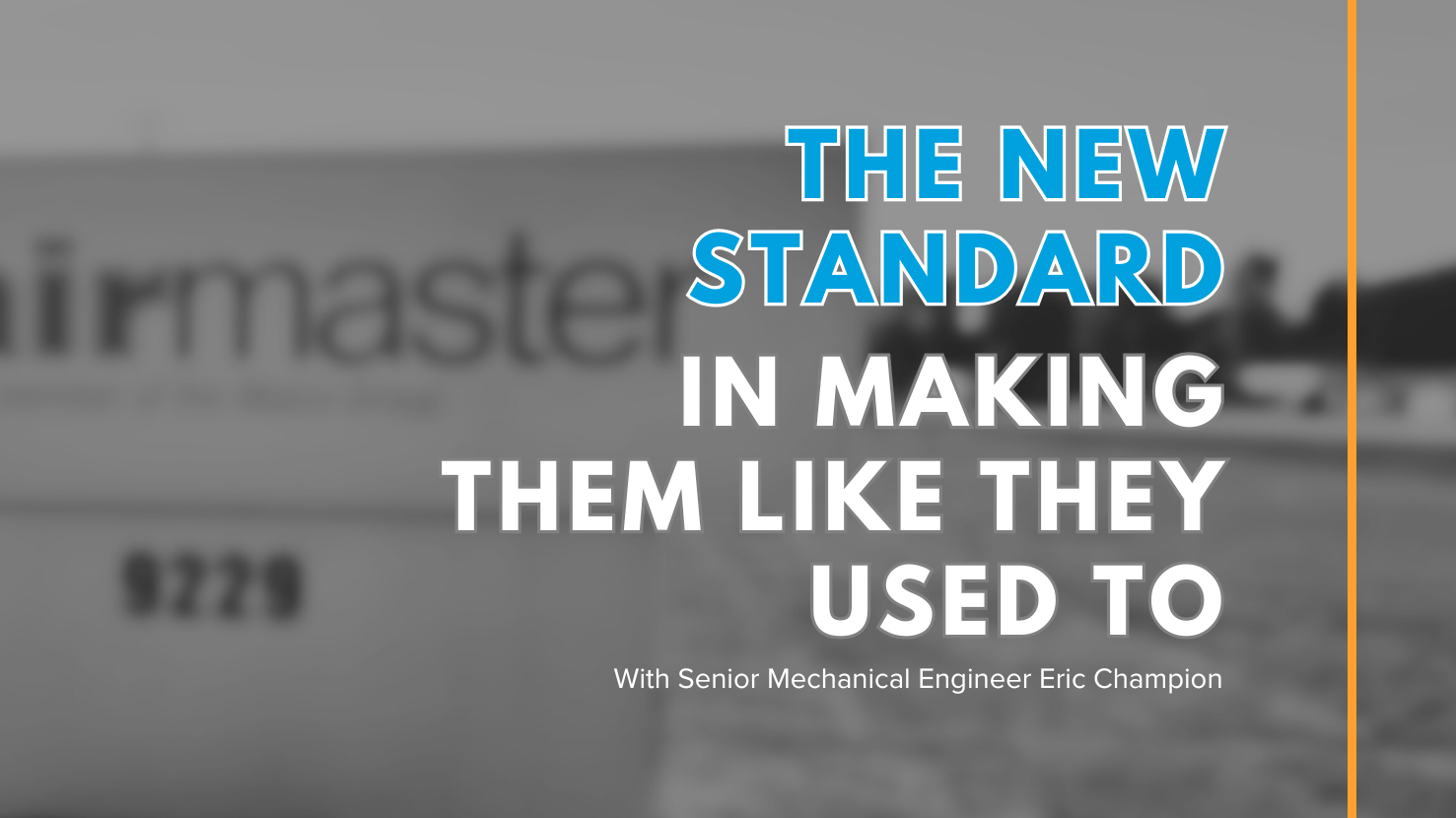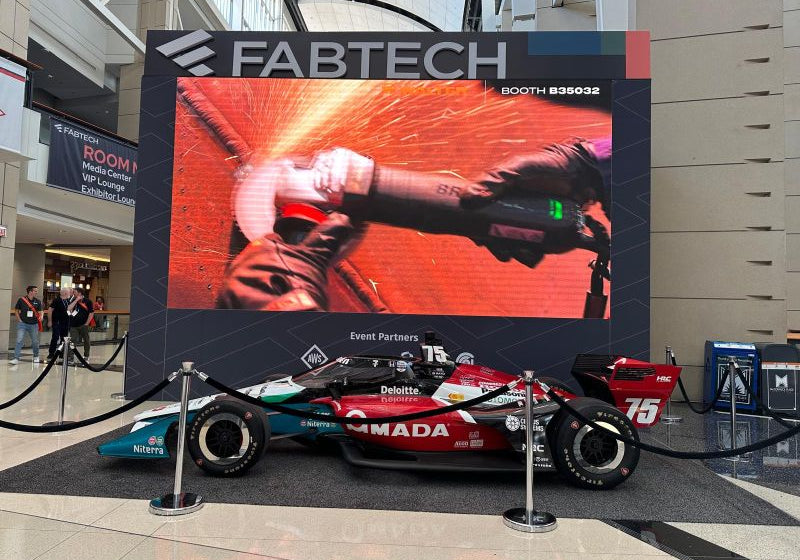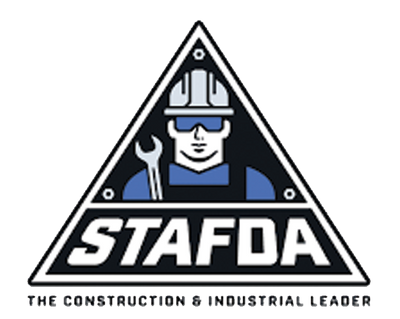We’ve all been part of a conversation where someone disappointedly proclaims, “They don’t make them like they used to.”
Well, at Airmaster fan, we do. A commitment to durability is central to Airmaster’s legacy—a legacy spanning over a century. The fans built here aren’t just products; they’re investments.
Eric Champion is our Senior Mechanical Engineer and has been with Airmaster for the last couple of years, but his connection to airflow design started long before that. With a background in industrial ventilation and water filtration (reverse osmosis systems), he’s spent his career thinking about how things move—and how the smallest variables can shift everything.
Now, as a Senior Mechanical Engineer, he brings that same precision to the design and performance of industrial fans. It’s why he and the team approach every design with the expectation that it will be held to the highest standard—not just in testing, but out in the field.
Sometimes that means integrating variable frequency drives into ventilation systems. Other times, it’s about reducing components to streamline production or reduce sourcing complexity. And sometimes it’s simply about revisiting a decades-old design and confirming: yes, this still holds up.
Eric reminds us, engineering isn’t just about innovation for its own sake. It’s about making thoughtful decisions grounded in data and refined through rigorous testing. The team uses advanced tools like Finite Element Analysis (FEA) and Computational Fluid Dynamics (CFD), alongside 3D-printed prototyping and real-world performance trials, to validate every design before it reaches customers.
In a time when so many products are built fast and cheap, Airmaster has doubled down on durability. Real metal, not plastic. Components are assembled in Michigan by a team of people who are watching closely to ensure the product carries the name with integrity.
Because that’s what Airmaster is built on—a century of making products that last. Not figuratively. Literally. Fans that have been in use for decades. Equipment that shows up in facilities long after its install date, still doing its job. And that’s no accident.
Outside of work, Eric is preparing for a different kind of long-term investment—he’s getting married next month. And while wedding planning might not require airflow modeling, it does involve care, attention, and the belief that when you build something well, it should stand the test of time.








